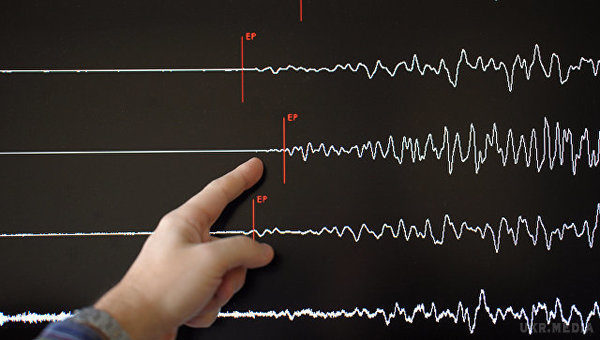Artificial intelligence has learned to predict earthquakes

2017-10-23 19:26
Artificial intelligence has learned to predict earthquakes
Was the first to use machine learning to perform acoustic data and to predict the earthquake.

Sign up for news “UkrMedia” in Facebook, Twitter or Google+
American and British geologists has created a new artificial intelligence system that can predict earthquakes, and has successfully tested his work in the laboratory simulator of aftershocks, according to an article published in the journal GRL, reports Rus.Media.
“We were the first to use machine learning to perform acoustic data and to predict the earthquake long before it actually happens. Because of this, we can obtain a sufficient amount of time, in order to warn and evacuate the population. It’s amazing what opportunities does our artificial intelligence,” said Colin Humphreys (Colin Humphreys) from the University of Cambridge (UK).
Earthquakes and other disasters related to the Earth, most often occur at the boundaries of the faults between tectonic plates whose movements were often let the bumps on their edges. When the movement of the plates is stopped at the point of contact accumulates potential energy that can be released in the form of heat and powerful bursts of acoustic waves at the time when the rocks in these irregularities do not stand up and break.
Scientists have been trying to understand what processes control the accumulation of this energy and trying to find ways of “sounding” the depths of the Earth so that we could learn about the appearance of such zones of tectonic stresses and would provide in their properties is the probability, strength, and time of occurrence of new aftershocks.
Despite the enormous progress in this area, such forecasts are extremely inaccurate, often gives rise to contradictions between scientists and politicians, who do not like ambiguity. For example, seismologists, correctly predicted the extent of the Italian earthquake in l’aquila in 2009, have received real prison terms for “disinformation” of the population and the deaths of approximately three hundred people. This further reduces the willingness of seismologists and other scientists to make any specific predictions for the future.
As said Humphries, one of the reasons why the current forecasts of earthquakes are inaccurate or erroneous, is that the seismographs and other observation devices perceive a variety of signals, of which only a part is associated with the accumulation of energy at the boundaries of faults, while others are generated by other phenomena, not connected with the tectonic processes.
In some cases, these “obstacles” are able to weed out and then the forecast is very accurate and in other cases, like the crash of 2009, the failure in this regard ends in an unpredictable manner.
Similar problems, as highlighted Humphries and his colleagues are addressing the representatives of a completely different science – computer engineers who develop various systems of machine learning and artificial intelligence. A key feature of modern networks is that they can analyze very “dirty” data to find what you need to solve the problem – for example, to sort pictures of cats and dogs, or speech recognition in a noisy environment.
Following this idea, researchers created a special emulator earthquakes” of the National laboratory at Los Alamos in the USA, which is completely imitated what happens in the fractures at the birth of new aftershocks, and used it in order to teach the neural network to “see” traces of future earthquakes in the dataset, which are collected seismographs.
After some time the have learned to correctly predict the “laboratory” of earthquake with a very high degree of precision and accuracy, which, as scientists believe, shows that such methods can be applied for predictions of the real seismic situation. On the other hand, the current algorithm is likely not yet used for these purposes, as it was “fedreserve” not on real data and their simulation, and therefore its predictions can be quite inaccurate when working in the field.






